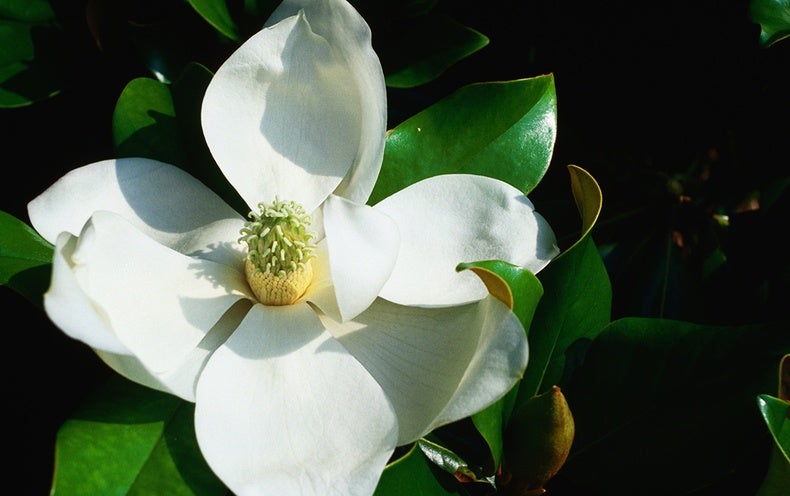Well-preserved fossilized pollen grains found in northern Switzerland provide evidence that flowering plants may have originated in the early Triassic between 252 and 247 million years ago, or even earlier.

This image shows a 240-million-year-old pollen grain from northern Switzerland, scale bar – 10 μm. Image credit: Hochuli PA and Feist-Burkhardt S.
Flowering plants evolved from extinct plants related to conifers, ginkgos, cycads, and seed ferns. The oldest known fossils from flowering plants are pollen grains.
An uninterrupted sequence of fossilized pollen from flowers begins in the Early Cretaceous, about 140 million years ago, and it is generally assumed that flowering plants first evolved around that time.

But a new study, published in the open-access journal Frontiers in Plant Science, reports the discovery of flowering plant-like pollen that is 100 million years older.
Many studies have tried to estimate the age of flowering plants from molecular data, but so far no consensus has been reached.
Depending on dataset and method, these estimates range from the Triassic to the Cretaceous. Molecular estimates typically need to be anchored in fossil evidence, but extremely old fossils were not available for flowering plants.

“That is why the present finding of flower-like pollen from the Triassic is significant,” said study co-authors Dr Peter Hochuli and Dr Susanne Feist-Burkhardt from the University of Zürich.
They studied two drilling cores from Weiach and Leuggern, northern Switzerland, and found 240-million-year-old pollen grains that resemble fossil pollen from the earliest known flowering plants. They obtained high-resolution images across three dimensions of six different types of pollen.
In a previous study, they documented different, but clearly related flowering-plant-like pollen from the Middle Triassic in cores from the Barents Sea, south of Spitsbergen. The samples from the present study were found 3,000 km south of the previous site.

What might these primitive flowering plants have looked like? In the Middle Triassic, both the Barents Sea and Switzerland lay in the subtropics, but the area of Switzerland was much drier than the region of the Barents Sea. This implies that these plants occurred across a broad ecological range. The pollen’s structure suggests that the plants were pollinated by insects: most likely beetles, as bees would not evolve for another 100 million years.
Source: sci.news





